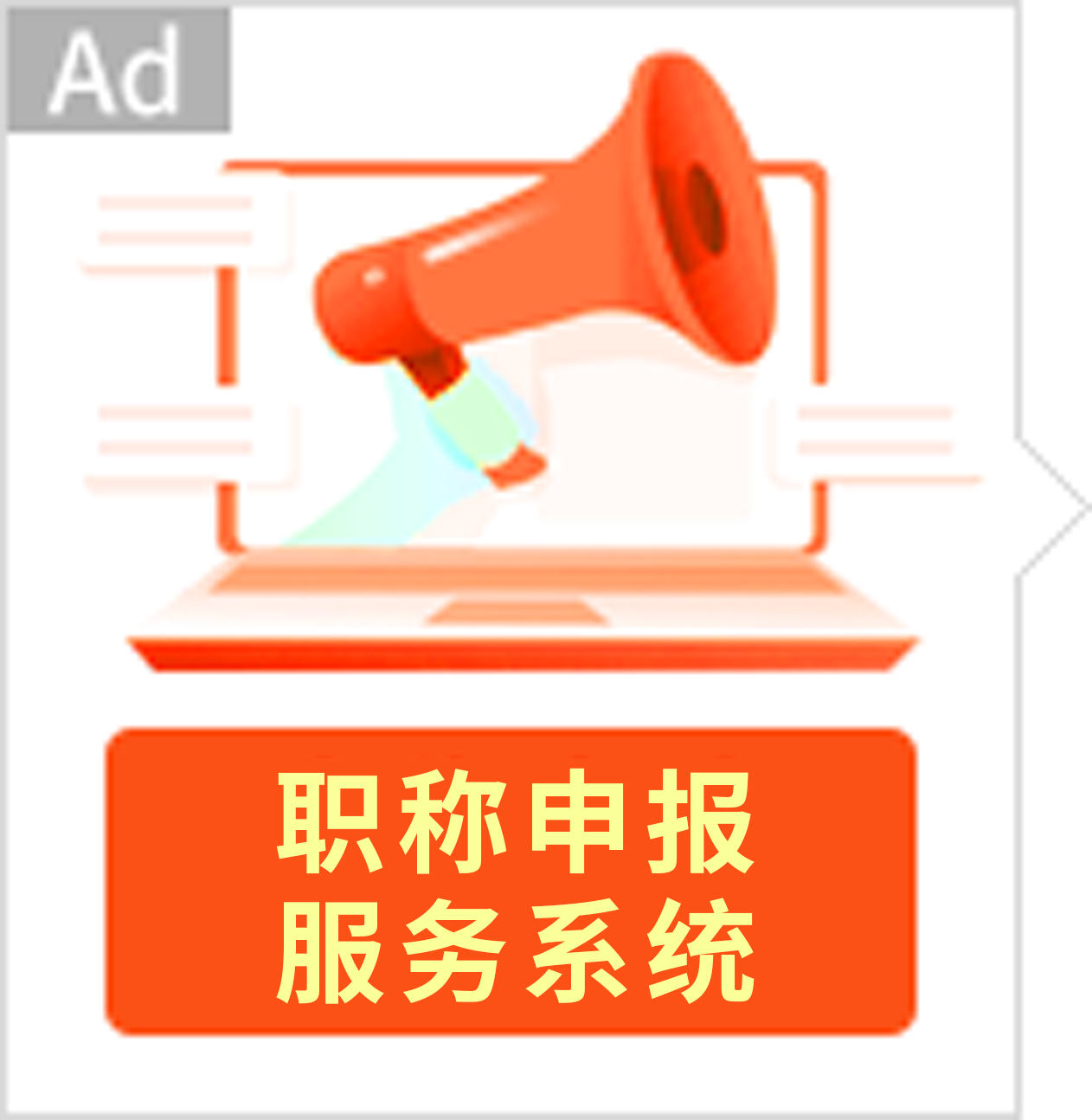本文详细介绍了界面设计中常见的五个主题,涵盖了UI设计、排版、色彩理论、导航设计和响应式设计的重要性。每个方面都对提高用户体验起到了至关重要的作用。

User Interface Design– What ItIs and WhyIt Matters
UserInterface (UI) designrefers to the process of designingthe layout and interactive elementsof a digital product, such as websites, mobileapps, or software. UIdesign aims to provide users with a smooth, intuitive, and visually appealing experience. 作为用户界面的设计师,要考虑的就是用户的需求和产品的目标。设计应该简洁、清晰,避免过多的装饰性元素干扰用户的操作。界面设计包括图标、按钮、字体、颜色、排版、导航等各个方面,它们共同作用于提升用户体验。
In termsof layout,the designmust ensure thatusers caneasily navigate the interfacewithout feeling overwhelmed. A commonmethod used isto follow a grid system, ensuring consistency in placement. 另外,在设计界面时要考虑响应式设计,这意味着无论用户使用的是桌面设备还是移动设备,界面都能自动适应并保持良好的可操作性。
The Role ofTypography in Interface Design
Typography plays acrucial rolein UIdesign,asit directlyinfluences how users perceiveand interact withthe interface. InEnglish, typographyinvolves selecting fonts, adjusting letterspacing,and aligning textto createvisual harmony.中文排版也是如此,尤其是在设计时要考虑字体的可读性与文化适配。合适的字体能增强界面的易读性,传达品牌形象和情感色彩。
Whenchoosing typographyfor auser interface, designers need tofocus on fontsize, lineheight, andcontrast between textand background.Fonts that aretoo small ortoo largecan causeeye strain,while poor contrastcan make readingdifficult. 字体的风格、粗细和颜色会直接影响到视觉的感受和内容的传达效果,合理使用字体是界面设计中的关键步骤。
Color Theory in User InterfaceDesign
Color is one of the most powerful tools in UI design because it can evoke emotions, guide users' actions,and improve overall usability.The rightcolor choicescan make aninterface feel welcomingand intuitive. 在界面设计中,颜色的使用不仅要符合品牌的视觉识别,还需要考虑用户的心理反应。不同的颜色可以代表不同的情感,比如蓝色给人冷静、信任的感觉,而红色则能引起紧张或激动的情绪。
Furthermore,color contrast isessential for accessibility. Ensure thatthe text standsout againstthe background,especially for userswith visual impairments.例如,对于色盲用户,可以使用图标或文本标签来替代单纯依赖颜色的视觉提示。设计师应当确保色彩搭配合理且符合视觉舒适性。
HowNavigation Enhances UserExperience
Navigationis afundamentalelement in UI designbecause it determineshow users movefrom onepart ofthe interfaceto another. 良好的导航设计不仅能提高用户体验,还能帮助用户更快速地找到所需的信息。常见的导航方式有顶部导航栏、侧边菜单栏和底部标签栏等。每种导航方式都有其优缺点,设计时需要根据产品的性质和用户的需求来选择。
Toenhance theuser experience, navigation shouldbe intuitive andeasy to use. Designers oftenuse visual hierarchy, such as larger fonts for important buttons, to guide the user's attention.用户应该能够快速理解如何操作,而不需要过多的学习成本。清晰的导航布局和反馈设计是提升界面交互体验的关键。
Responsive Design in UserInterface Design
Responsive design is essential for creating interfaces thatwork across differentscreen sizesand devices. 这种设计方法确保了无论用户使用的是智能手机、平板还是桌面电脑,界面都能流畅显示。Responsivedesign involvesthe use of flexiblelayouts, images, and media queries to adapt the interfaceto various screen sizes.
Responsive design also meansconsidering touch-friendly elements on mobile devices. For example, buttons and links need to belarge enough for users to tap easily onsmaller screens. 这种设计方式帮助提高了用户的满意度,因为他们不需要调整页面的大小或横向滚动,界面能够自动适应他们的设备。
 搜索
搜索







